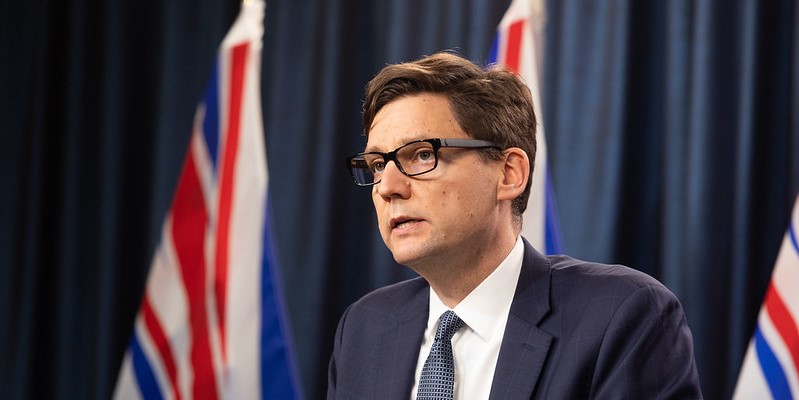B.C.’s day of ‘debt’ reckoning has arrived

Last week, the Eby government tabled its budget for the 2024/25 fiscal year. Simply put, the free-spending approach to governance has caught up with British Columbia, which stands on the brink of a historic runup in debt. And of course, British Columbians will pay the price for this fiscal mismanagement in the form of rapidly rising government debt interest costs.
Let’s first look at the headline numbers. The government forecasts huge deficits in each of the next four fiscal years—a $5.9 billion deficit in 2023/24 followed by deficits of $7.9 billion, $7.8 billion and $6.3 billion in each of the following years. For context, these are larger deficits (in nominal terms) than the province ran in 2020 during the worst days of the COVID recession.
These deficits, however, are just the tip of the debt iceberg as they only represent the government’s operating deficits for programs and services and paying interest on existing debt. Once you factor in new liabilities from debt-financed capital spending on long-term projects, the full extent of the planned debt increase becomes clearer.
From 2022/23 to 2026/27, B.C.’s net debt (total debt minus financial assets) is expected to more than double, from $60.7 billion to $128.8 billion. This would cause the size of B.C.’s debt to increase from 15.4 per cent as large as all production in the provincial economy last year to 28.0 per cent at the end of the government’s forecast.
What does this mean for British Columbians? If we adjust for inflation, the province’s net debt burden per person will climb from $11,854 in 2022/23 to $20,483 in 2026/27. All that debt means higher debt interest payments, which are forecasted to more than double from $2.7 billion in 2022/23 to $5.7 billion by the end of the budget’s fiscal plan in 2026/27. That’s taxpayer money unavailable for important priorities such as pro-growth tax relief.
Indeed, things have certainly changed. It wasn’t long ago that B.C. had the strongest public finances in Canada. How did we get here? In recent years the provincial government abandoned the disciplined approach to spending that prevailed for the first decade and a half of the 21st century and put the province on sound fiscal footing. Specifically, program spending this year is forecasted to be 15.5 per cent above pre-pandemic levels even after adjusting for inflation and population growth.
Such a rapid increase in spending could only end one way—with a surge of new debt. This year alone, B.C. taxpayers will see a record deficit, huge increase in debt and an $800 million increase in debt interest costs. Unless the government radically changes course and reverses the rapid spending growth of recent years, then red ink-soaked budgets and increased debt interest will become an unfortunate rite of spring for British Columbians.

